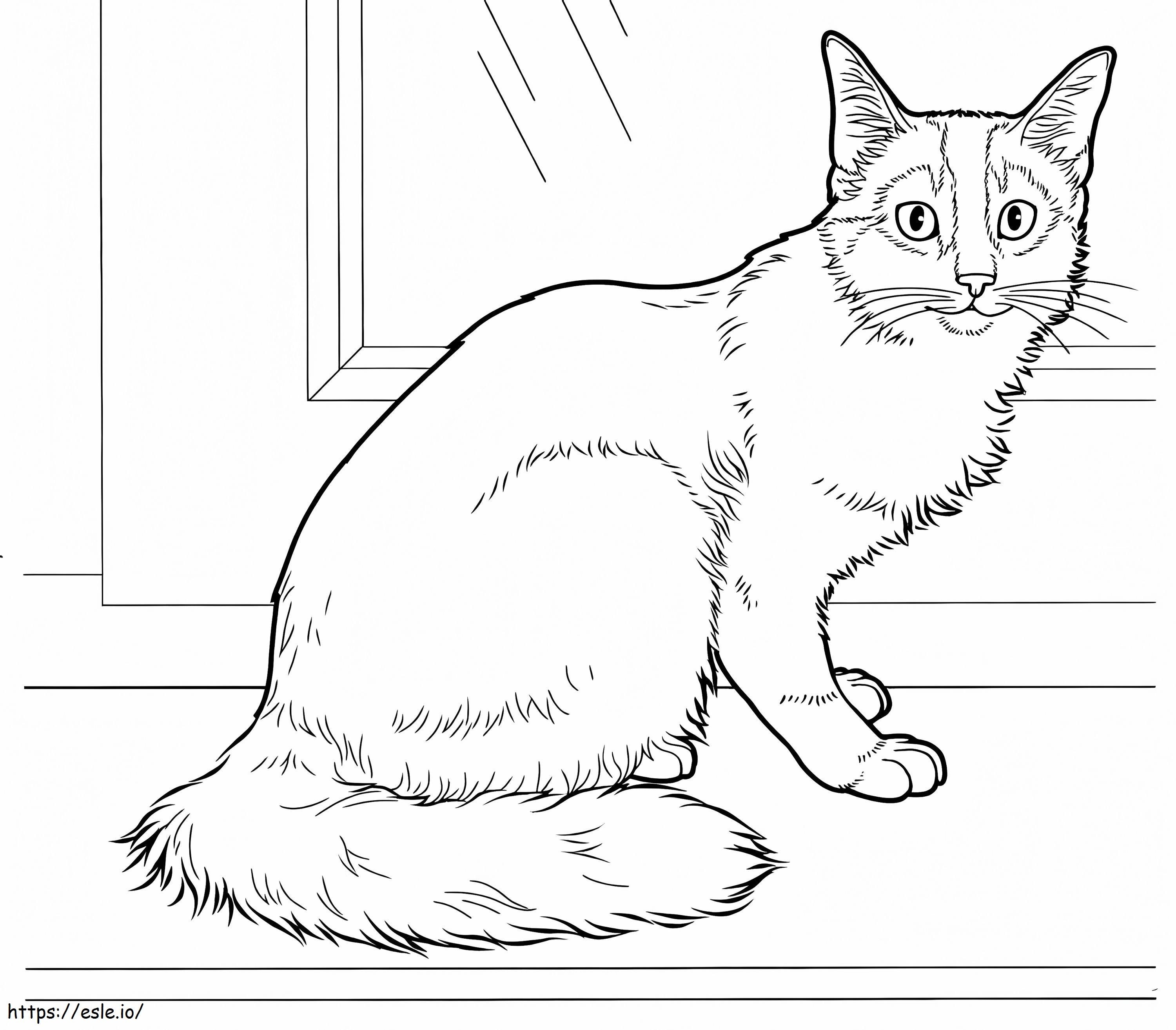Alright, let's dive into the world of deep hot linking—yes, it's as intriguing as it sounds! If you’ve ever wondered how images or media on websites can be directly linked or embedded elsewhere without permission, well, you’re about to uncover the ins and outs of this fascinating (and sometimes controversial) practice. Deep hot linking isn’t just a technical term; it’s a critical concept that affects content creators, webmasters, and digital marketers alike. So, buckle up because we’re about to break it all down in a way that even your grandma could understand—or at least pretend to!
You see, deep hot linking is one of those topics that’s often misunderstood. Some people view it as a clever trick to save bandwidth, while others see it as a blatant violation of copyright and digital ethics. But hey, before we get too deep into the debate, let’s first clarify what exactly we’re talking about here. Deep hot linking refers to the process of embedding or linking directly to specific files, images, or resources hosted on another website. Sounds simple enough, right? Well, not exactly. There’s a lot more to it than meets the eye, and we’re here to explore every nook and cranny of this digital phenomenon.
Now, if you’re reading this, chances are you either want to learn how to protect your own content from being hotlinked, or you’re curious about how to use other people’s content responsibly. Maybe you’re even looking for ways to optimize your website’s performance by avoiding unnecessary bandwidth usage. Whatever your reason, this guide is your one-stop shop for everything you need to know about deep hot linking. So, let’s get started, shall we?
- Lacy Kim Onlyfans Leaked The Untold Story Behind The Scenes
- Lacy Kim Leaked The Untold Story Behind The Viral Sensation
What Exactly is Deep Hot Linking?
Let’s start with the basics because, honestly, understanding the fundamentals is key to grasping the complexities. Deep hot linking happens when someone directly links to a file or resource on someone else’s server instead of hosting it themselves. For instance, imagine you’re building a blog post and want to include an image. Instead of downloading the image and uploading it to your own server, you simply link directly to the original source. Sounds convenient, right? But here’s the catch—it can create problems for the original site.
Why? Well, because every time someone accesses that image through your link, the original server has to do the heavy lifting. This means the original site could end up using more bandwidth than expected, which can lead to slower load times, higher costs, or even server crashes in extreme cases. Not exactly a win-win situation, huh?
Why Should You Care About Hot Linking?
Now, you might be thinking, “Why should I care about some techy jargon like hot linking?” Well, here’s the thing: whether you’re a content creator, a business owner, or just someone who loves browsing the web, hot linking affects you. If you’re the one whose content is being hotlinked, you could end up paying the price in terms of performance and resources. On the flip side, if you’re the one doing the hotlinking, you might find yourself in hot water (pun intended) when it comes to legal and ethical issues.
- Movierulz 2025 Ndash Your Ultimate Guide To Downloading Movies Safely
- Tamilblasters New Website The Ultimate Hub For Tamil Movie Enthusiasts
Let’s break it down with a few key points:
- Performance Impact: Hot linking can slow down your site if too many people are accessing your resources.
- Cost Implications: Excessive bandwidth usage can lead to higher hosting costs, especially if you’re on a plan that charges based on usage.
- Legal and Ethical Concerns: Depending on the content you’re linking to, you might be violating copyright laws or breaching terms of service agreements.
How Does Deep Hot Linking Work?
Alright, now that we’ve got the basics covered, let’s dive a little deeper into the mechanics of deep hot linking. When you embed an image or media file from another site, your browser sends a request to the server hosting that file. The server then sends the file back to your browser, which displays it on your webpage. Simple enough, right? But here’s where things get interesting: if the server isn’t configured to prevent hot linking, anyone can embed or link to those files without permission.
This is where server configuration comes into play. Many webmasters use techniques like .htaccess rules or content delivery networks (CDNs) to block unauthorized access to their resources. But if these protections aren’t in place, your site could become a hotlinking hotspot without you even realizing it.
Common Scenarios of Deep Hot Linking
Let’s take a look at some real-world examples of how deep hot linking plays out:
- Image Hot Linking: Someone links directly to an image on your website, causing your server to serve that image to visitors of their site.
- Video Embedding: A video hosted on your site is embedded on another platform without your consent, leading to increased bandwidth usage.
- File Downloads: Someone creates a direct link to a downloadable file on your server, potentially exposing sensitive data or consuming excessive resources.
These scenarios might seem harmless at first glance, but trust me, they can cause serious headaches for both parties involved.
Is Deep Hot Linking Legal?
Here’s where things get a little tricky. The legality of deep hot linking depends on a variety of factors, including the type of content being linked, the terms of service of the hosting site, and local copyright laws. In some cases, hot linking is perfectly fine, especially if the content is openly available and the owner hasn’t explicitly prohibited it. However, in other cases, it can be considered a form of copyright infringement or even theft of services.
For example, if you’re hotlinking to a copyrighted image or video without permission, you could find yourself facing legal action. Similarly, if you’re hotlinking to content that’s behind a paywall or subscription model, you’re essentially bypassing the intended payment system, which is a big no-no.
Legal Precedents and Case Studies
There have been several high-profile cases involving hot linking over the years. One notable example is the lawsuit between Ticketmaster and Microsoft, where Ticketmaster accused Microsoft of hotlinking to its ticket purchasing interface. The case ultimately settled out of court, but it highlighted the potential legal risks of hot linking.
Another interesting case involved the photo-sharing platform Flickr, which implemented a feature called “hotlink protection” to prevent unauthorized use of its images. This move was widely praised by photographers and content creators who were tired of seeing their work used without permission.
Protecting Your Content from Deep Hot Linking
If you’re a webmaster or content creator, you’re probably wondering how you can protect your site from being hotlinked. The good news is there are several effective strategies you can use to prevent unauthorized access to your resources. Here are a few of the most popular methods:
- Using .htaccess Rules: You can configure your server to block requests from external domains by adding specific rules to your .htaccess file.
- Implementing CDNs: Content delivery networks can help distribute your content across multiple servers, reducing the load on your main server and making it harder for others to hotlink.
- Watermarking Images: Adding watermarks to your images can discourage people from using them without permission, as the watermark will be visible on any copies.
By taking these steps, you can significantly reduce the risk of your content being hotlinked and protect your site’s performance and resources.
Best Practices for Webmasters
Here are a few additional tips for webmasters looking to safeguard their content:
- Regularly monitor your server logs for unusual activity.
- Use tools like Google Analytics to track where your traffic is coming from.
- Consider implementing a robots.txt file to control how search engines and bots access your site.
These practices not only help protect your content but also improve your site’s overall security and performance.
How to Use Other People’s Content Responsibly
On the flip side, if you’re someone who wants to use other people’s content on your site, it’s important to do so responsibly. Here are a few guidelines to keep in mind:
- Always Ask for Permission: If you want to use someone else’s content, reach out to the owner and ask for permission first.
- Provide Proper Attribution: If you’re allowed to use the content, make sure to give credit where it’s due.
- Host the Content Yourself: Instead of hotlinking, download the content and upload it to your own server. This ensures you’re not putting unnecessary strain on the original site.
By following these guidelines, you can ensure that you’re using other people’s content in a way that’s both ethical and respectful.
Tools and Resources for Responsible Content Use
There are several tools and resources available to help you use content responsibly. Some popular options include:
- Canva: A design tool that offers a wide range of free and paid images and templates.
- Unsplash: A platform offering high-quality, royalty-free images.
- Adobe Stock: A subscription-based service providing access to millions of high-quality images and videos.
These tools can help you find and use content legally and ethically, ensuring you stay on the right side of the law.
Conclusion: The Future of Deep Hot Linking
So, there you have it—a comprehensive guide to exploring the intricacies of deep hot linking. Whether you’re a content creator looking to protect your work or someone who wants to use other people’s content responsibly, this guide has hopefully given you the knowledge and tools you need to navigate this complex digital landscape.
Remember, the key to success in the world of digital content is balance. Protect your own resources while respecting the rights of others. And if you have any questions or comments, feel free to drop them below. Who knows? Maybe we’ll even start a discussion that could change the way we think about hot linking forever!
Oh, and before you go, don’t forget to share this article with your friends and colleagues. Knowledge is power, and the more people understand the ins and outs of deep hot linking, the better off we all are!
Table of Contents
- What Exactly is Deep Hot Linking?
- Why Should You Care About Hot Linking?
- How Does Deep Hot Linking Work?
- Is Deep Hot Linking Legal?
- Protecting Your Content from Deep Hot Linking
- How to Use Other People’s Content Responsibly
- Tools and Resources for Responsible Content Use
- Conclusion: The Future of Deep Hot Linking
- Jameliz Naked The Truth Behind The Viral Sensation
- Movierulz Web Series Your Ultimate Guide To Streaming Hits


